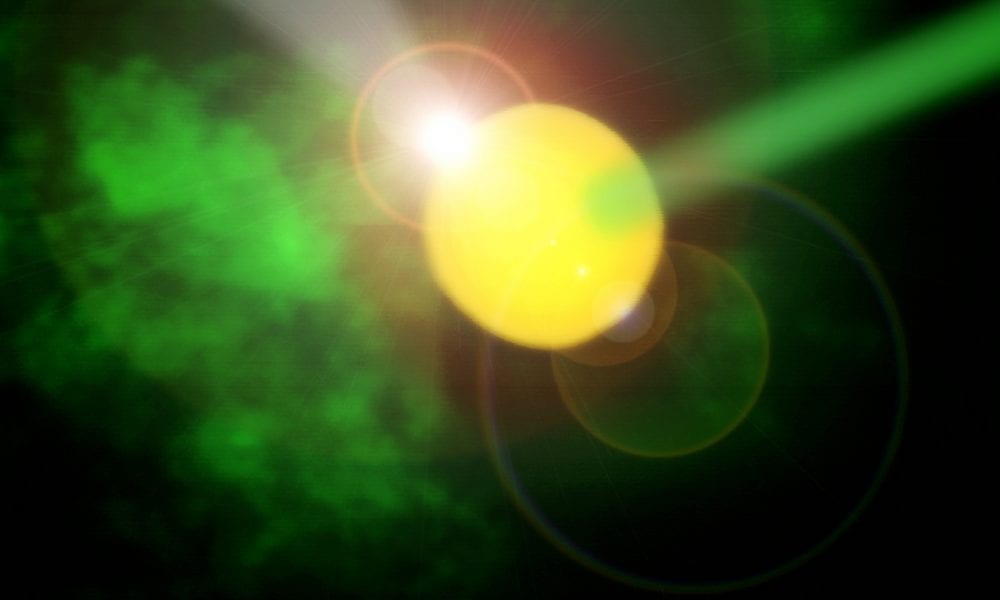Optoelectronic activity of two-dimensional semiconductors, such as transition metal dichalcogenides (TMD), may be improved in photocatalysis and photodetection by decoration with metal nanoantennas. Metal nanoantennas concentrate light to sub-wavelength scales via coupling incident light with surface plasmons. However, interfacing metal nanoantennas with conductive or semiconductive materials introduces additional plasmon-decay paths beyond conventional radiative and nonradiative mechanisms; in particular, transfer of plasmon-excited hot electrons.
Plasmonic interactions have been used to improve performance of field-effect transistors, hydrogen evolution, water splitting, and solar cells based on few- and mono-layer TMD through (i) augmented light absorption and/or (ii) presumed photoinduced n-type doping of TMD by hot electrons.
In Advanced Optical Materials G. T. Forcherio, M. Benamara, and D. K. Roper at the University of Arkansas recently showed plasmon damping on polymer-coated gold nanospheres drop cast onto molybdenum difsulfide monolayer flakes corresponded to injection of hot electrons from the gold to the TMD over 16 fs with 6% quantum efficiency. A relatively low Schottky barrier between gold and molybdenum difsulfide allowed direct transfer of electrons excited at the surface plasmon frequency.
Electron energy loss spectroscopy (EELS) in a scanning transmission electron microscope uniquely permitted examination of individual nanoantennas, overcoming confounding influences from light excitation, e.g., electon–hole pair generation in the TMD. Efficiency of the transfer process was extracted from differences in spectral bandwidth of the surface plasmon resonance measured on and off the TMD, which contains signatures of plasmon decay. Measurements were corroborated with discrete dipole models of plasmon damping, recently introduced by G. T. Forcherio and D. K. Roper elsewhere, which indicated a 10–13% quantum efficiency ceiling for hot electron injection from gold nanospheres.

















